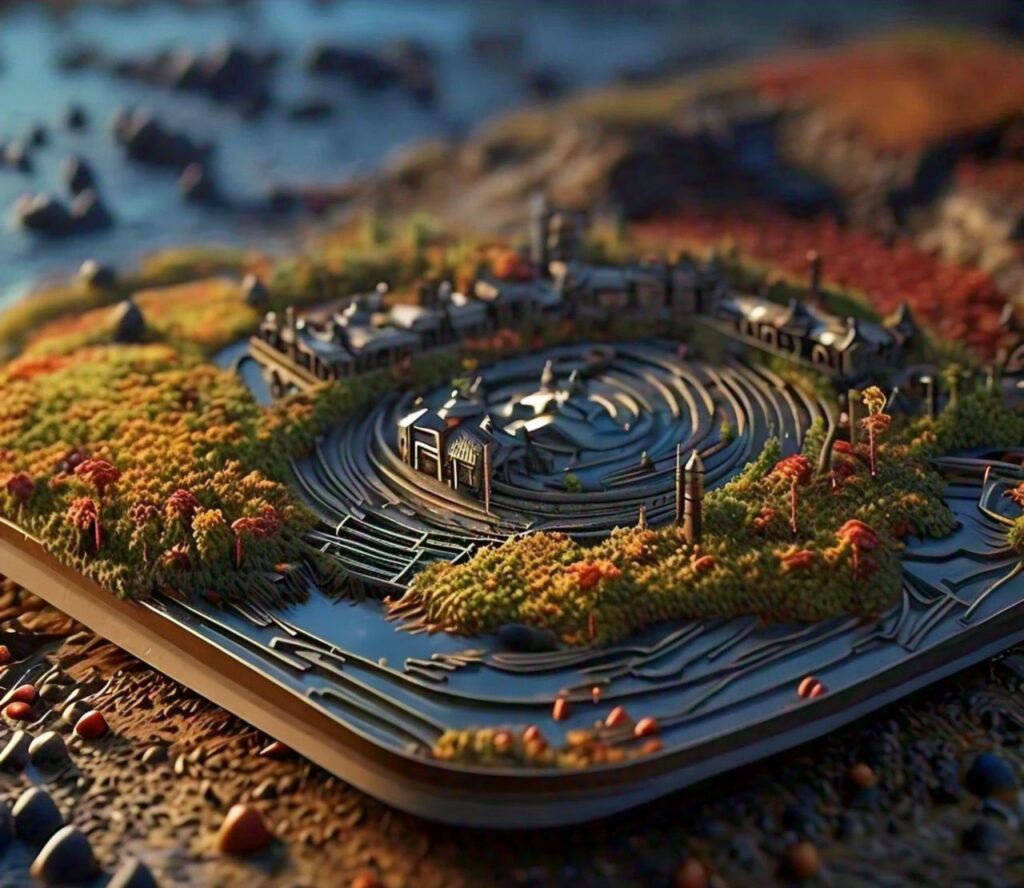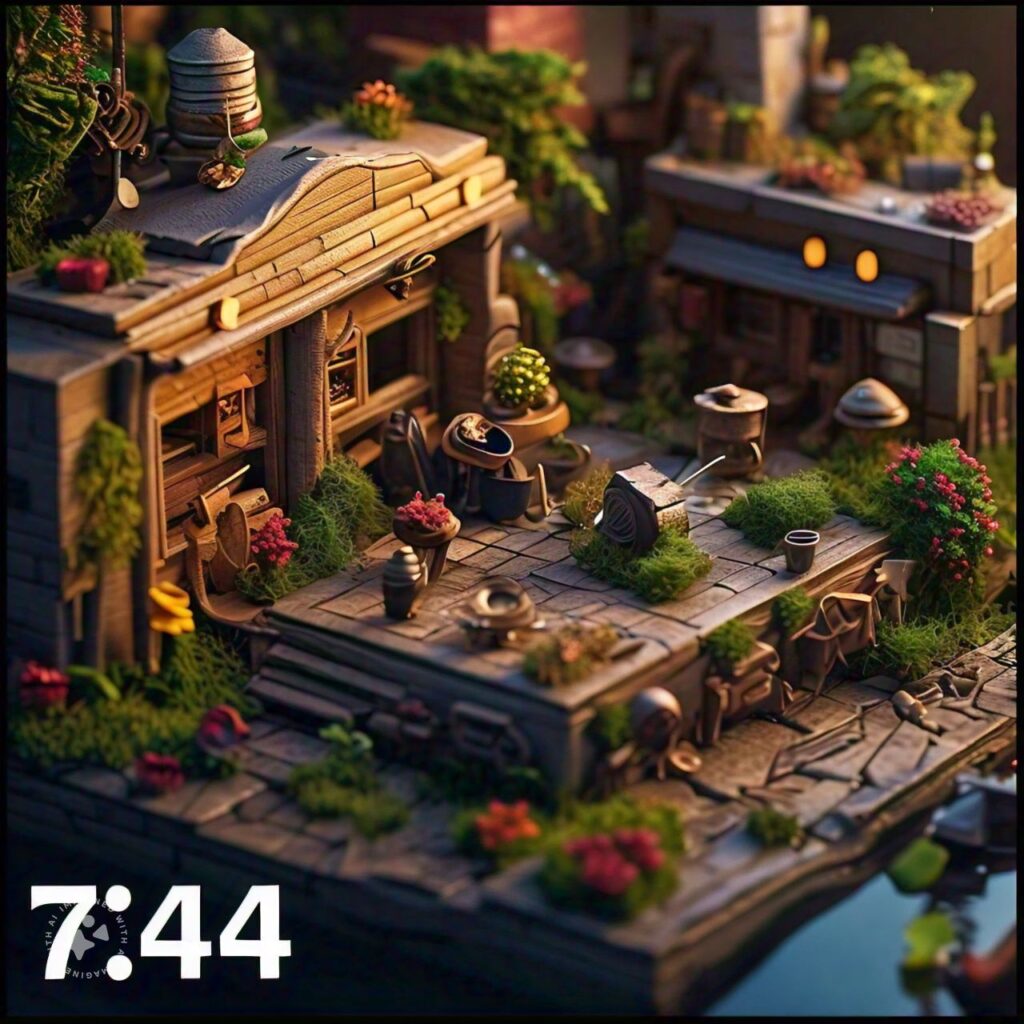While jumping into the universe of screen goals, getting a handle on the meaning of various pixel aspects is vital. However, the 744 x 512 goal, not as generally examined today, assumed an essential part in developing computerized shows. In basic terms, this goal implies that a picture or screen has 744 pixels on a level plane and 512 pixels in an upward direction. This goal isn’t generally so broadly perceived as additional contemporary principles like 1920 x 1080 (Full HD) or 3840 x 2160 (4K), however, it has had its extraordinary spot throughout the entire existence of advanced innovation.
Historical Context
To truly appreciate the 744 x 512 resolution, one must consider its historical backdrop. In the early days of personal computing and digital displays, resolutions like 744 x 512 were quite advanced. They represented a significant leap from even lower resolutions, providing clearer and more detailed images for the time. As technology progressed, resolutions continued to evolve, with higher pixel counts becoming the norm.
Applications of 744 x 512 Resolution
It was particularly relevant in early computer monitors, where it offered a decent balance between image clarity and resource efficiency. This goal was likewise compelling in the domain of computer games, where it considered more nitty gritty illustrations contrasted with before guidelines. Albeit not broadly utilized today, its effect on the advancement of graphical innovation can’t be put into words.
Technical Specifications
Understanding the specialized determinations of the 744 x 512 goal includes taking a gander at its pixel aspects and viewpoint proportion. The perspective proportion of this goal is roughly 1.45:1, and that implies it has a somewhat more extensive level range compared with the vertical. This can influence how pictures and recordings are shown, with possible ramifications for lucidity and detail.
Advantages
One of the primary advantages is its efficiency in terms of resource usage. For older hardware, this resolution was easier to handle, requiring less processing power and memory compared to higher resolutions. Additionally, its compatibility with early technology made it a practical choice for a variety of applications.
Disadvantages
Despite its advantages, it has several drawbacks. The most notable is its limited detail and clarity compared to modern resolutions. As screen innovation has progressed, higher goals have become the norm, offering more definite and lively visuals. This has prompted similar issues with contemporary programming and media, which are frequently intended for higher goals.
Comparison with Modern Resolutions
With regards to present-day goals, 744 x 512 is very dated. Today, goals like HD (1280 x 720), Full HD (1920 x 1080), and, surprisingly, 4K (3840 x 2160) rule the market. These advanced guidelines offer incomprehensibly further developed picture quality and lucidity, making them more reasonable for contemporary applications. Nonetheless, understanding 744 x 512 values how far innovation has come.
Current Relevance
While 744 x 512 resolution is not commonly used today, it still finds relevance in certain niche applications. For instance, some retro computing enthusiasts and vintage gaming communities may still use this resolution to preserve the authenticity of older digital experiences. Additionally, certain legacy systems and software might operate at this resolution.
How to Work with a 744 x 512 Resolution
For those needing to work with it, whether for historical reasons or specific applications, there are several tools and techniques available. Image editing software can be used to adjust and scale images to this resolution, while modern graphics tools often include features to handle various resolutions, including 744 x 512.

Case Studies
Examining historical examples of this resolution reveals its impact on early computer graphics and video games. Modern adaptations, while rare, show how this resolution continues to influence niche areas of technology and culture. These case studies highlight the resolution’s role in the evolution of digital media.
Future Trends
Looking ahead, the future of 744 x 512 resolution is somewhat uncertain. While it is unlikely to see a significant revival, its legacy endures in the form of retro technology and vintage computing. The nonstop progression of screen goals recommends that higher goals will stay the norm, however understanding past goals assists us with valuing current innovation.
For more, read: Geometry Spot
FAQs
What is the viewpoint proportion of the 744 x 512 goal?
The viewpoint proportion for this goal is roughly 1.45:1.
How does 744 x 512 contrast with the 1080p goal?
1080p goal (1920 x 1080) offers altogether higher detail and clarity compared with 744 x 512.
Is 744 x 512 resolution still used today?
It is not commonly used today but may still be found in niche applications and retro computing.
What devices historically used a 744 x 512 resolution?
Early computer monitors and some video game systems used this resolution.
How can I convert images to 744 x 512 resolution?
You can utilize picture-altering programming to scale and change pictures to this goal.
Conclusion
In synopsis, the 744 x 512 goal might appear to be a remnant of the past, yet it holds a significant spot throughout the entire existence of computerized shows. Its job in early processing and gaming features its effect on the improvement of graphical innovation. While current goals have outperformed it regarding clearness and detail, 744 x 512 remaining parts are a critical achievement in the development of computerized media.

